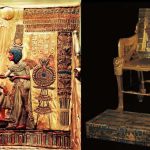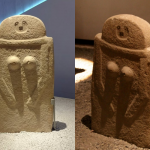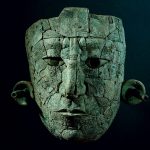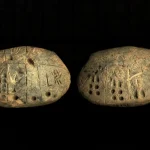The Influence of Etruscan Culture on Pottery Art
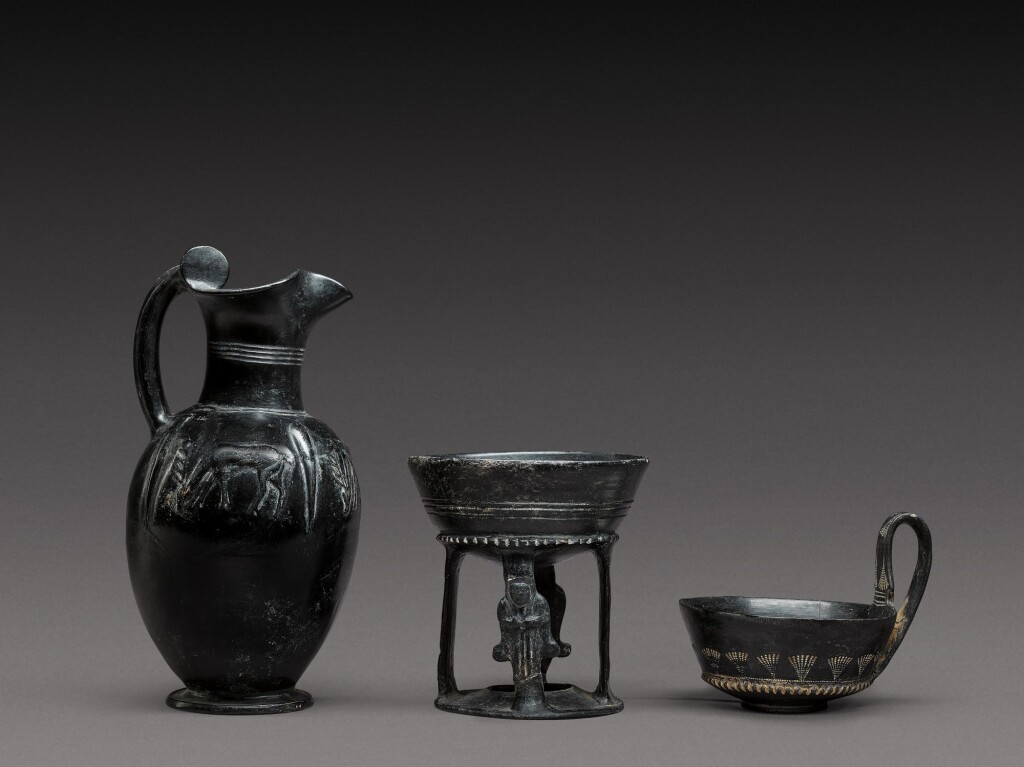
Etruscan culture had a profound influence on pottery art, as demonstrated by the combination of Greek and local artistic elements, along with distinctive symbolic motifs. The Etruscans created various types of vessels with diverse shapes and decorations, showcasing refined craftsmanship and artistic creativity.

Types of Vessels and Their Characteristics
Urns (Funerary Cinerary Urns):
Double-conical cinerary urns were hand-shaped and could be decorated with geometric patterns, stylized depictions of humans and animals. These urns were often placed in tombs to contain the ashes of the deceased, reflecting the Etruscan concern with the afterlife.
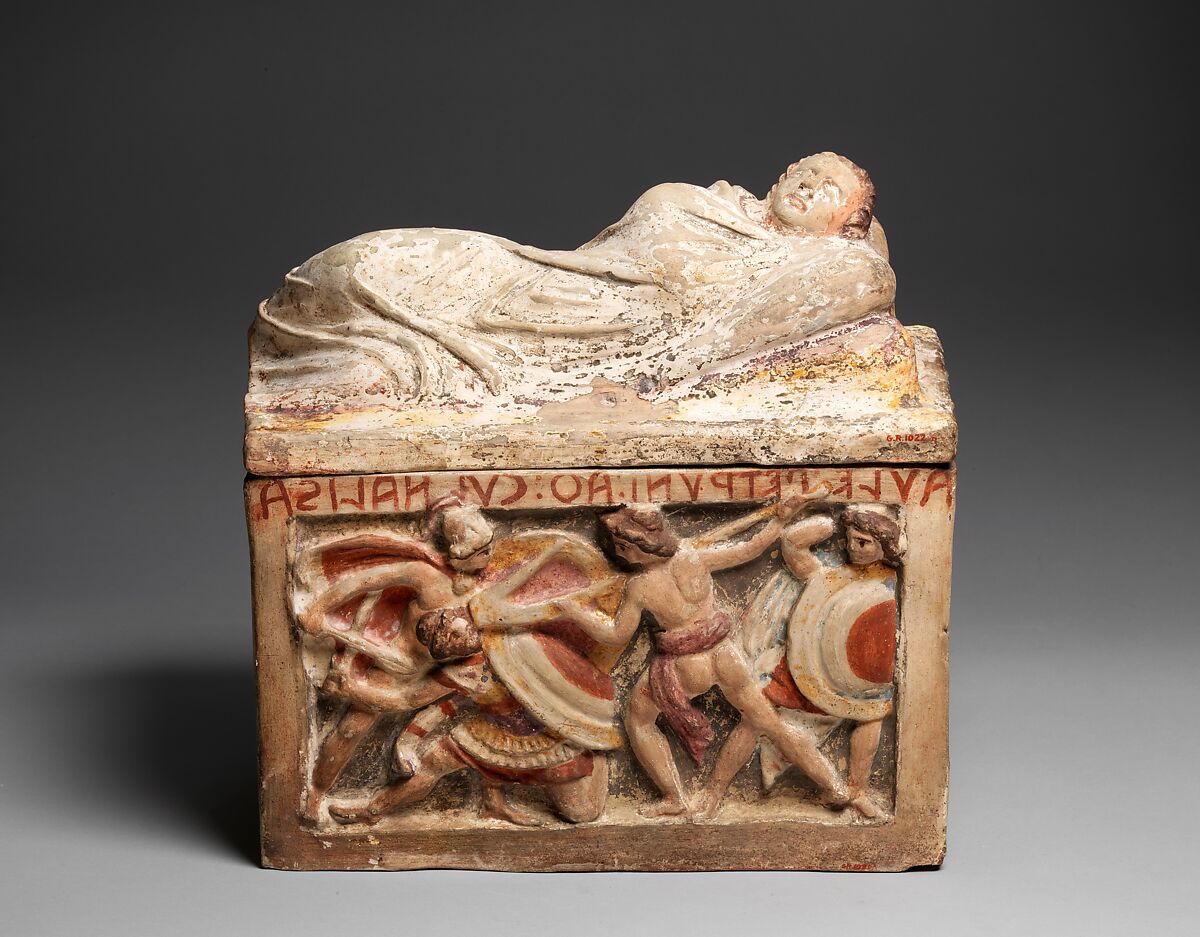
Water Jars (Large Caeretan Amphorae):
Two-handled jars, commonly produced in Cerveteri, were often decorated with images of men and women facing each other, highlighting the Etruscans’ interest in daily life and social activities.
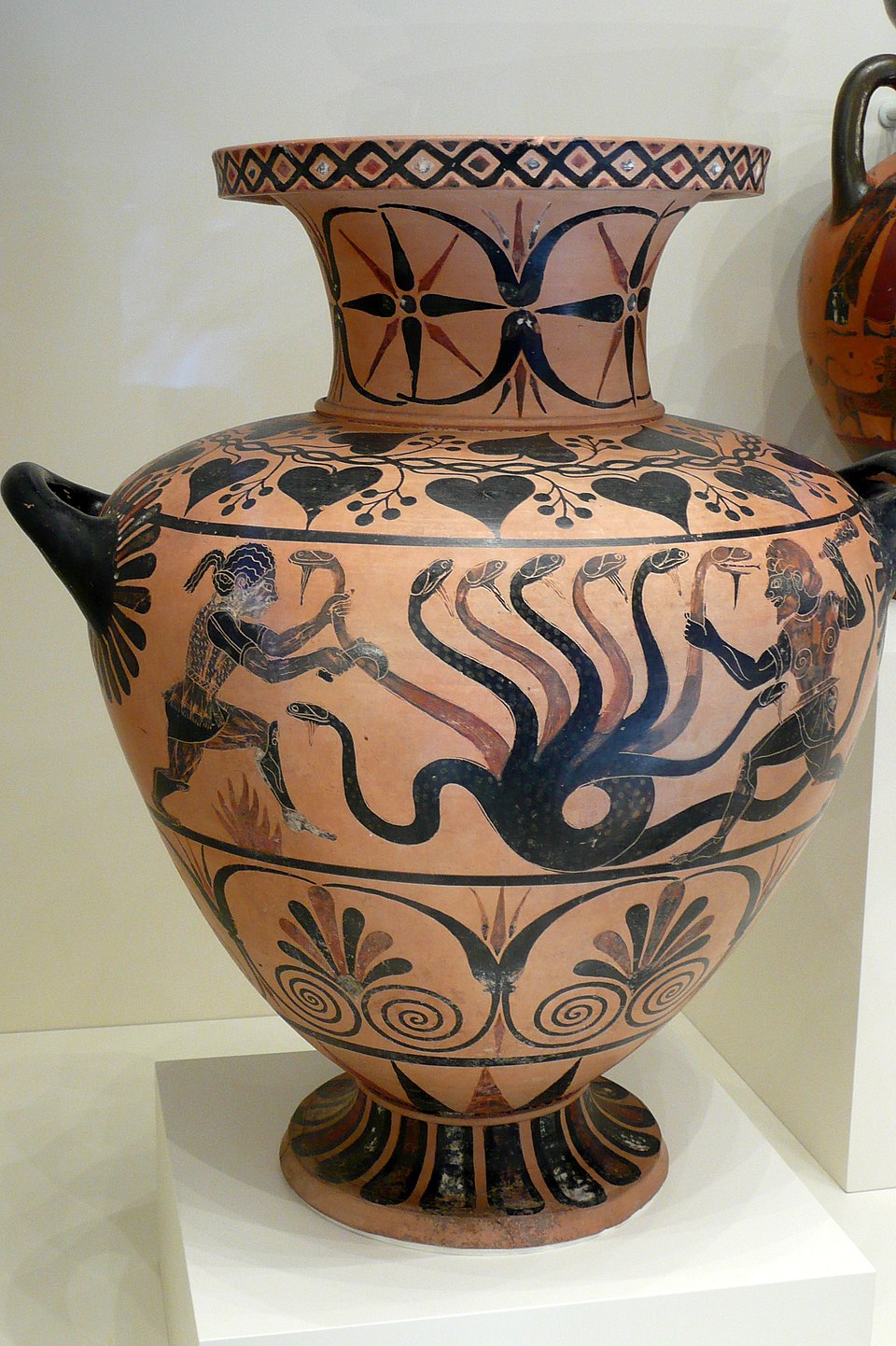
Storage Vessels (Impasto Ware):
These jars were made from impasto, a coarse, unrefined clay material, and were typically used for storing goods and cooking.
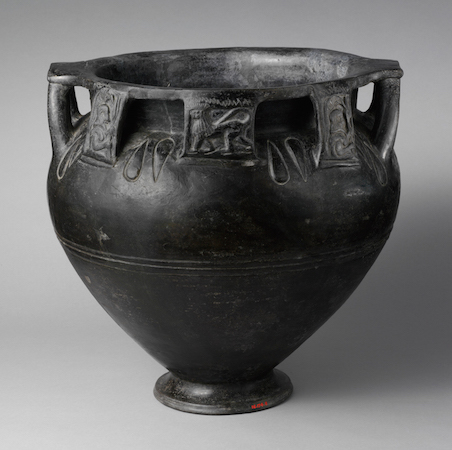
Storage Vessels (Bucchero Ware):
Made from bucchero clay, these vessels came in various shapes and were frequently placed in tombs. They were also widely exported due to their distinctive appearance and quality.

Funerary Urns (Porsenna Style):
These urns featured a human figure lying on the lid, symbolizing honor for the deceased and a connection between the living and the dead.

Motifs and Their Meanings
Spiral Motifs:
Spirals were commonly used to symbolize astronomical phenomena or specific religious references.
Bird Motifs:
Birds could represent love, fertility, or protection.
Mythological Motifs:
Scenes from Etruscan and Greek mythology were often engraved on the vessels, illustrating the Etruscans’ interest in legends and folklore.
Human Figures:
Depictions of people lying on urn lids usually represented the deceased, showing the Etruscans’ deep respect and concern for the dead.
Influence of Greek Art
The Etruscans collected many Greek ceramics, especially finely painted vases.
The style and motifs of Greek pottery significantly influenced Etruscan art, particularly during the Hellenistic period.
While the Etruscans developed their own pottery, they often retained Greek shapes and decorative elements.
Conclusion
Etruscan pottery is a testament to the creativity and technical sophistication of their culture. The variety of vessels and motifs reflects the Etruscans’ interest in life, death, mythology, and the artistic traditions of the Greeks.



